KANTAR CHAPTER 1 REVIEW: THE DEVINE
BLOCKBUSSTER CONTINUES!
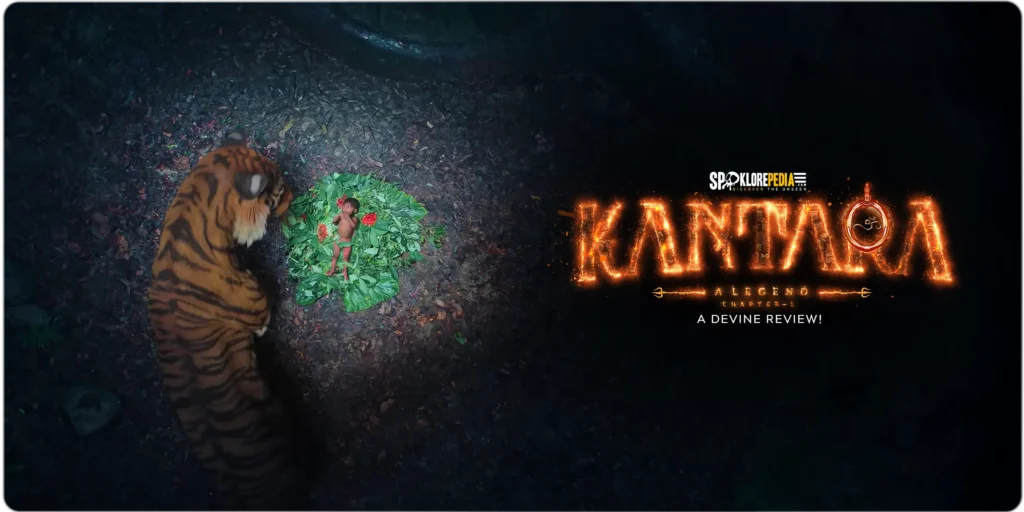
Introduction
Rishab Shetty’s Kantara: Chapter 1 serves not just as an epilogue but as the mythic prequel to 2022 blockbuster Kantara. While the first film examined human, nature, and spirit conflicts from a modern-day standpoint, this chapter transports viewers back centuries to when kingdoms still thrived amid forested landscapes and tribal life flourished under divine traditions. This film broadens its narrative horizon with an epic tale that centers on ancient rituals, spiritual practices and conflicts between human greed and tribal belief systems. At its core lie tribal conflicts that explore survival, loyalty, and the sacred bond with nature while ritualistic performances and supernatural elements add an otherworldly depth. Chapter 1 provides audiences with an opportunity to understand where Kantara’s legacy of divinity, faith and resistance began.
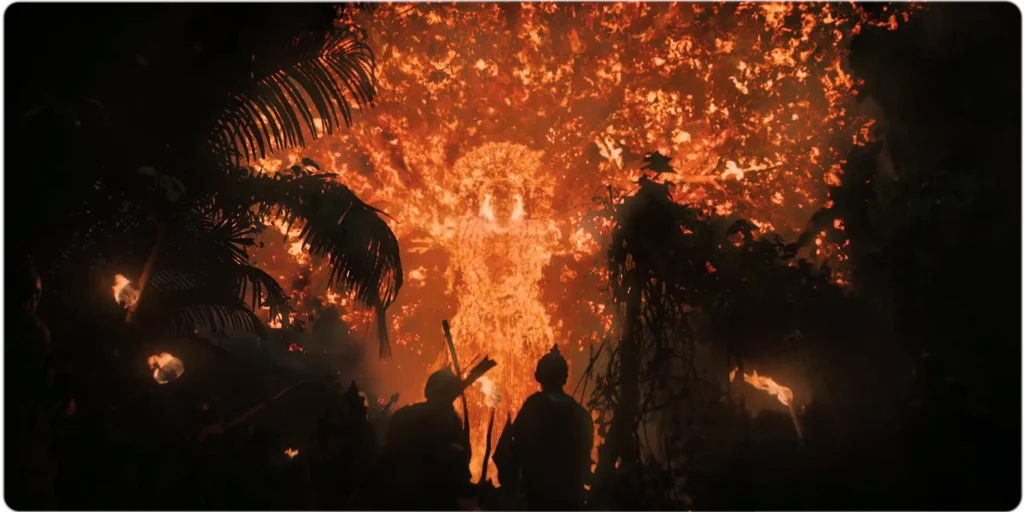
A Devine Tale
Kantara: Chapter 1‘s most memorable sequence is when Guliga and Panjurli Daiva arrive in Tulunadu’s dense forests to perform their deities’ rituals, transforming the wilderness into what the film poetically refers to as a “Mythical Nectar”. No longer just trees and shadows, Tulunadu becomes an intoxicating spiritual space where every rustle of leaves feels like whispers from above – an amalgam of folklore with visual spectacle that both grounds the narrative within cultural soil while simultaneously expanding it with grand mythological dimensions.
This review provides an analytical review of Kantara: Chapter 1, outlining both its strengths and shortcomings to assist viewers in making an informed decision regarding whether they should invest their time watching this cinematic experience.
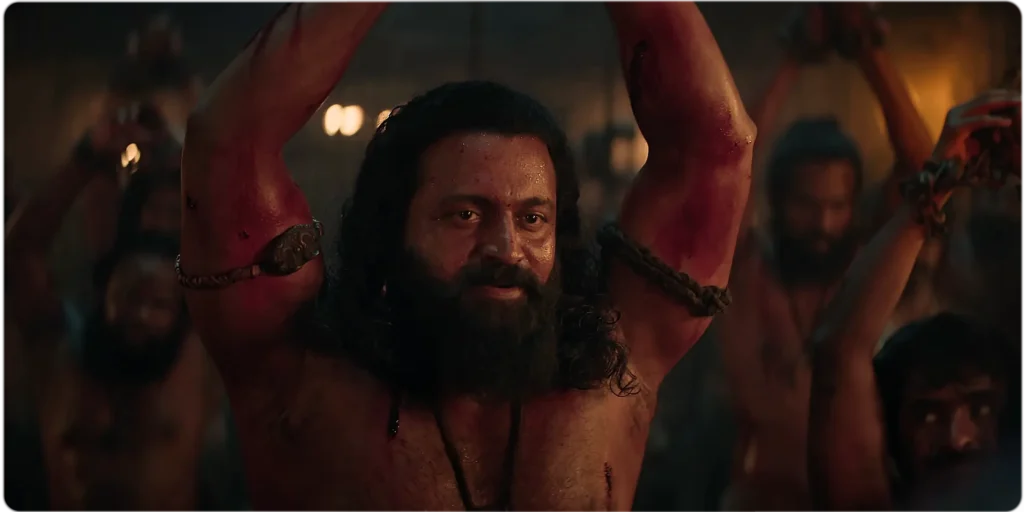
The One Man Army
Rishab Shetty stands as an epitome of “One Man Army“, not only within Indian cinema but across world cinema itself. In Kantara: Chapter 1, Rishab excelled at donning multiple roles as director, actor and writer – something few dare attempt and achieve with such ease. Executing such an ambitious task takes more than talent; it requires commitment, discipline and faith from its maker, Rishab. He plays an essential role in shaping this film with his presence onscreen, his keen directing eye, and by writing stories combining folklore with cinematic poetry into cinematic poetry. The resultant work feels both personal and divine at once; like Rishab’s dedication has combined with divine blessings to produce something cinematic that transcends its limitations.
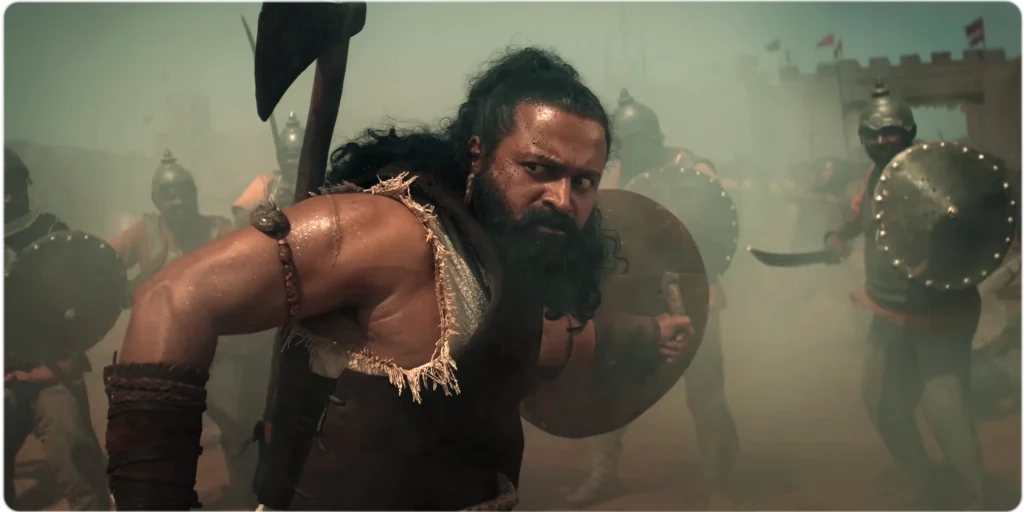
Connection With Parashuma
Bermer, an ancient deity revered in Tulunadu, can often be seen as the equivalent to Parashurama in terms of local traditions and beliefs. Bermer was worshiped prior to Parashurama being created as an iconic figure within Karnataka; therefore its worship preceded this mythic figure’s arrival in Tulunadu. Bermer stands in contrast to Vedic Brahma as an embodiment of strength, leadership and protection for his land. Bermer is often depicted as riding horseback while wielding a sword as an emblematic figure for strength, leadership and guardianship of this ancient form of religion. His cult began in forests and unstructured groves, echoing the animistic traditions of those who found divinity in unruly landscapes, unlike the regimented rituals of Brahmanical systems.
Kantara: Chapter 1 expertly incorporates this local legend into its narrative, with one key scene showing Bermer taking great interest in a white horse. An easter egg reference that subtly solidifies his divine status among viewers familiar with local traditions. By weaving his myth into Kadamba dynasty history and legend into its storyline, the film creates an unparalleled authenticity and cultural soul – making the tale resonate both folklore and history at equal measure.
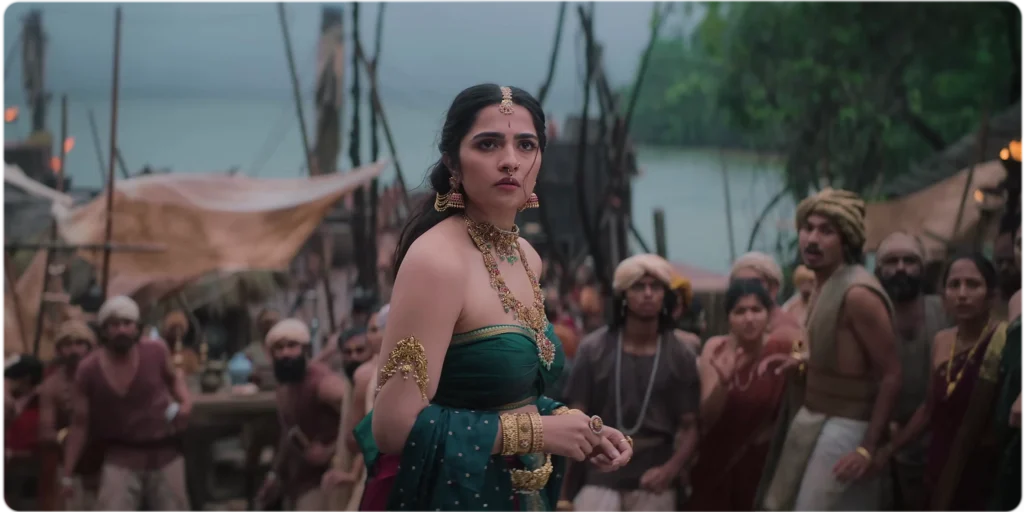
Not A Damsel In Distress
Although many found Kantara: The Legend to portray its female lead with an easier tone, Kantara: Chapter 1 takes an entirely different tack. Rukmini Vasanth as Princess Kanakwati easily rises to meet this new challenge. With her charming personality, natural beauty, and quiet confidence, she not only captures audience attention but also begins establishing herself as India’s new national crush. What elevates her portrayal is its dramatic narrative shift toward the end of the film, when her character takes an unexpected and surprising turn, unveiling depths of intensity and purpose that were initially unanticipated. This unexpected development makes her role more than romantic – elevating it beyond mere romance, to become integral to Kantara: Chapter 1‘s larger tapestry of storytelling as part of its mythic weight.
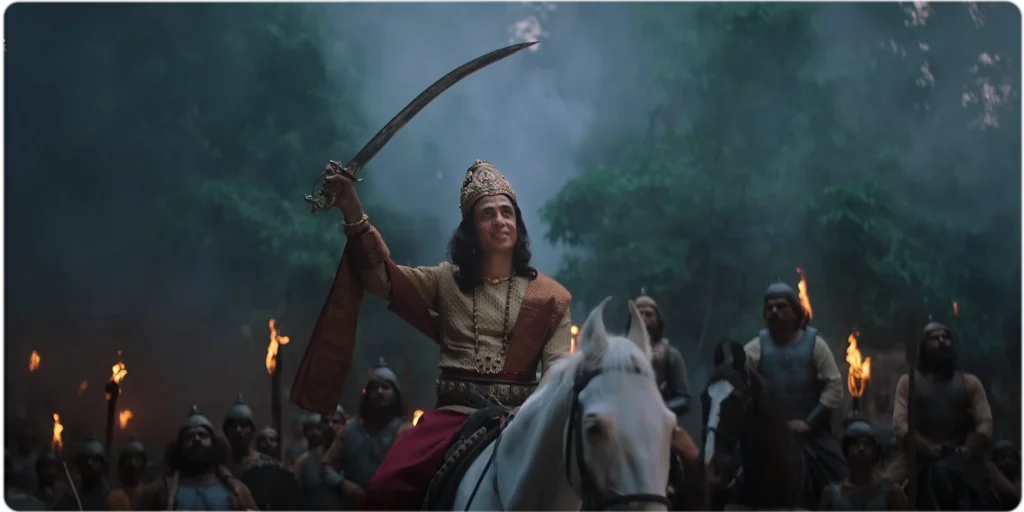
Ment To Be Silly !
Well, people may initially find Gulshan Devaiah’s performance of King Kulashekara to be underwhelming or dull; but that was always intended by way of lore. He is depicted as a self-indulgent rich brat who finds himself suddenly thrust upon the throne by his father but unprepared to accept the enormous responsibility that comes with ruling. Devaiah beautifully channels this immaturity, depicting him as someone more concerned with alcohol, women, and indulgence than in upholding the duties associated with kingship. His lack of poise and awkwardness create an effect in which he feels less than deserving to lead, which is exactly the point the film makes.
Devaiah exudes arrogance through her mannerisms, posture and subtle expressions. All these traits display her arrogance, casual disdain for responsibility and prideful boastfulness as she wields nepotistic power over those around her. Done without romanticizing Kulashekara, he instead highlights his flaws of entitlement; creating a ruler who doesn’t understand poetry, diplomacy or wisdom yet thrives in decadence. This performance adds realistic texture to the tale while emphasizing both flawed human leadership and divine protection provided by Tulunadu’s deities.
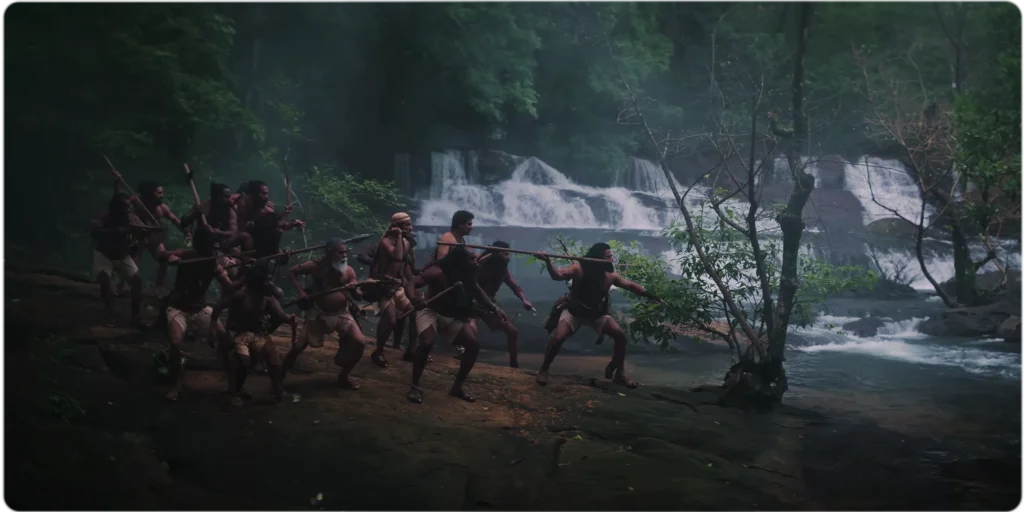
Brilliant Casting
Kantara: Chapter 1 features an exceptional ensemble cast that gives its world greater depth and authenticity. Jayaram brings both charisma and gravitas as King Vijayendra, conveying his moral quandaries and political weight with convincing portrayal. Meanwhile actors like Pramod Shetty and Prakash Thuminad bring life and context to this tale, providing courtiers, tribal leaders, soldiers, villagers and more for an immersive narrative experience. Of equal importance in shaping Berme’s journey is his supporting cast; their relationships reflect loyalty, betrayal and the complex social dynamic of Tulunadu. Working as one team they not only fill up screen real estate but add depth to story, heighten emotional stakes and bring Kantara: Chapter 1 vividly to life.
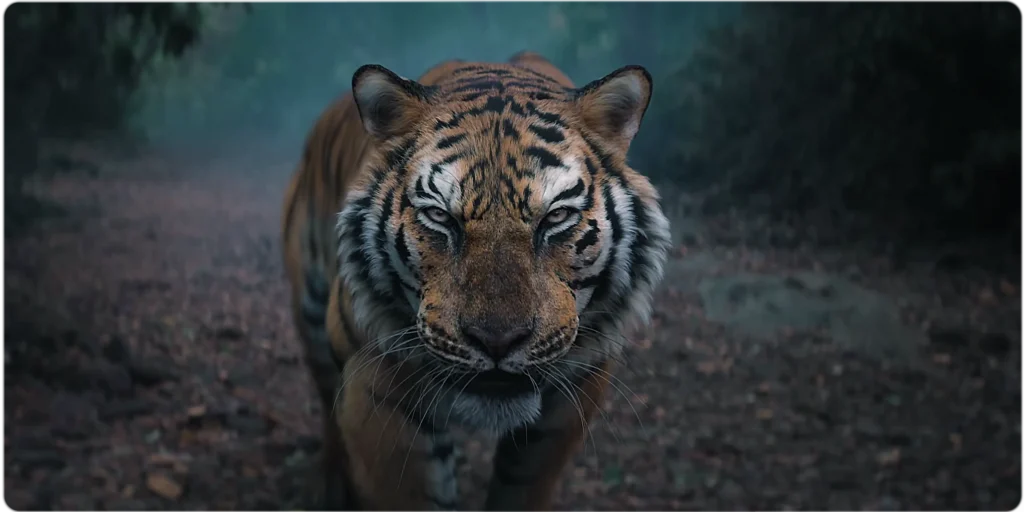
One Of The Best CGI Of Indian Cinema (Period)
Kantara: Chapter 1 set an unprecedented bar for CGI and VFX in Indian cinema, particularly with its representation of animals like the majestic tiger which can be seen throughout its trailers and key sequences. This achievement deserves praise! Realistic animal rendering is one of the greatest challenges of filmmaking, yet the tiger in this film appears nearly flawless, prompting comparisons with international benchmarks like Life of Pi. What makes it remarkable is the way the tiger serves more than one purpose – not only as a visual marvel but as part of the narrative as well. He acts almost as its own character, interweaved into Tulunadu folklore and story.
While Kantara: Chapter 1 does feature Bramha Rakshas or “Nandi“, which can come across as less convincing, its quality animal CGI easily overshadows these flaws, reminding audiences of all of the hard work put into creating its VFX. From forest landscapes to wildlife interactions, Kantara: Chapter 1′s visual effects provide an outstanding example of story-driven visual effects production proving Indian cinema can compete internationally when it comes to CGI effects.
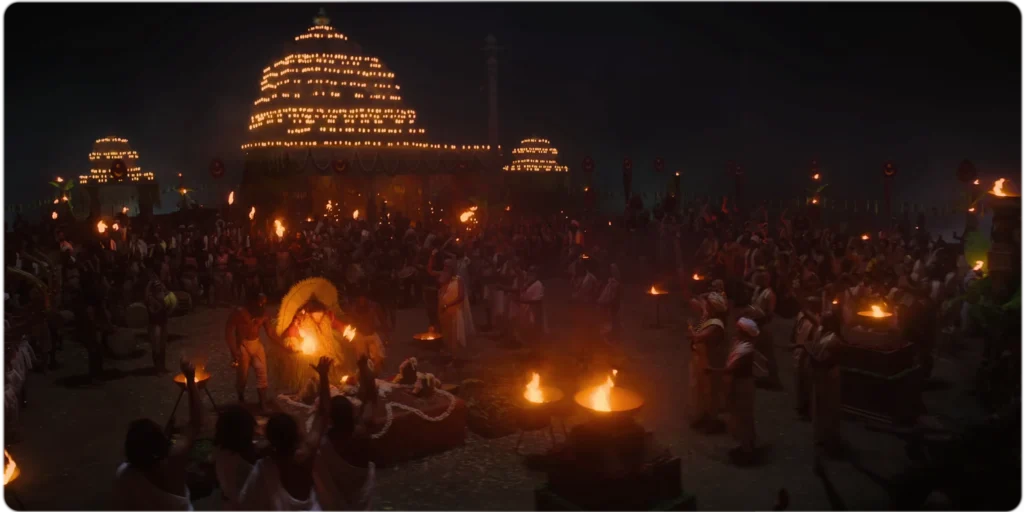
The Music Uplifts !
Kantara: Chapter 1’s background music stands out, providing depth, emotion and intensity in every scene. B. Ajaneesh Loknath is the music director who seamlessly blends tribal rhythms, classical instruments and atmospheric tones to bring Tulunadu‘s mythic and folkloric world to life. From quiet forest moments to dramatic ritual sequences, music elevates storytelling by heightening tension and expanding wonder. Kantara: Chapter 1’s score not only enhances its visuals, but it breathes life into them too, adding dimension and grandeur to battles, rituals and supernatural elements that feel immersive and grand. Loknath’s ability to balance subtlety with grandeur ensures that his score remains memorable even long after watching has ended, becoming part of Kantara: Chapter 1’s cinematic magic.
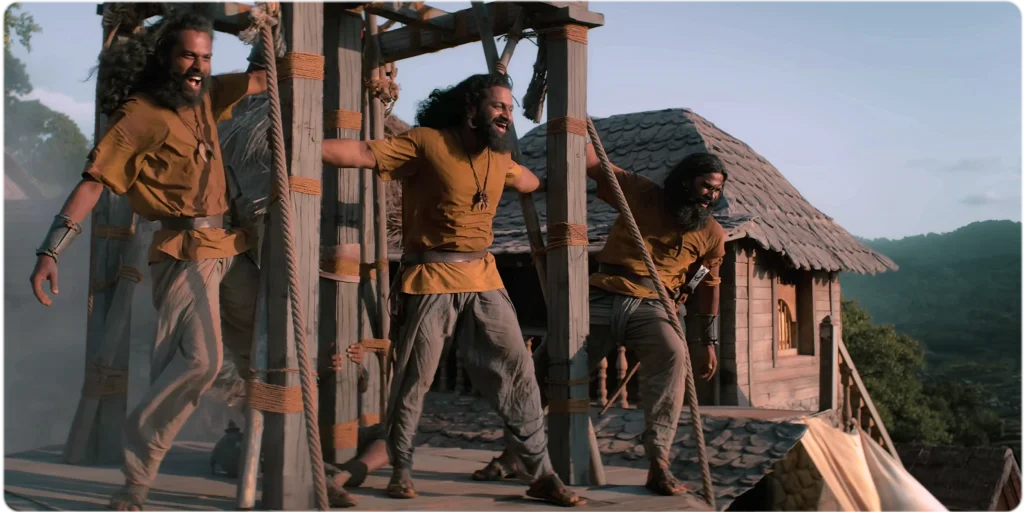
A Call-back to the Pirates of the Caribbean
Kantara: Chapter 1 contains many memorable scenes, with one such being its Rath action scene; it blends heroic machismo with moments of comic relief for maximum impact. The sequence immediately recalls practical action sequences seen in movies like Pirates of the Caribbean, where stunts are executed without heavy reliance on CGI. Here, chariot races, stunts, and close-quarters combat are realistically performed with clever camera angles that heighten tension and engagement.
Though this scene occasionally contains minor editing lapses, its audacity of performing such complex action practically makes it an exceptional take on Indian action choreography. Kantara: Chapter 1 proves its willingness to experiment with hands-on stunts by mixing traditional heroism with artistic cinematic vision in ways both thrilling and visually captivating.
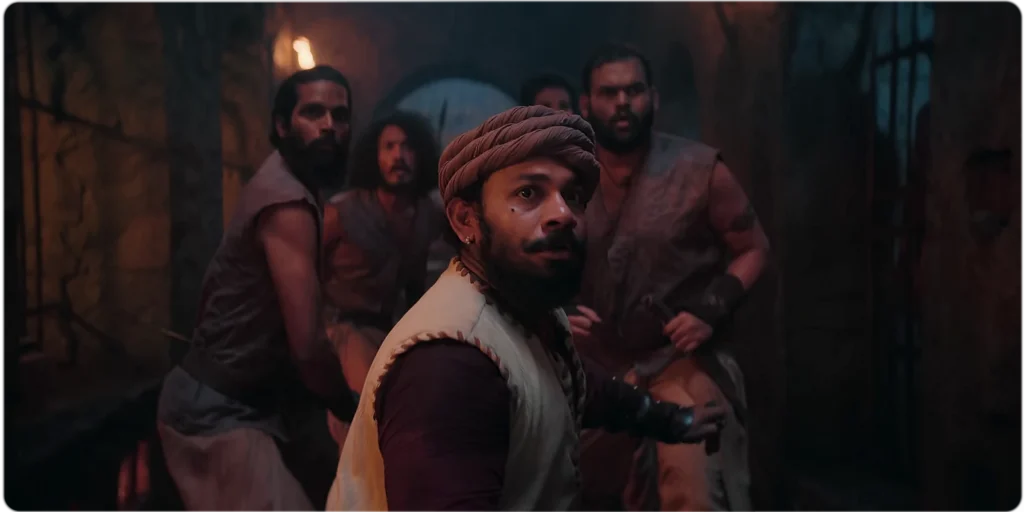
The Negetive Aspects
Kantara: Chapter 1 stands out in visuals, performances, and storytelling; yet its shortcomings cannot be overlooked. One main criticism can be found in its pacing; particularly during its first half when extended sequences for world building and exposition can feel too long and disrupt momentum. Some tonal inconsistencies appear, as lighter comedic moments clash with more serious mythic and supernatural sequences, creating an uncomfortable experience for viewers. Minor CGI elements, like depictions of Bramha Rakshas, also seem less convincing and temporarily interrupt the immersion experience in what otherwise offers stunning visual landscape. Certain editing choices could have been tighter in action sequences and some supporting characters could have been further developed – though still talented – thus lessening their impact.
While these negative aspects do not completely overshadow the film’s strengths, they should still be taken note of and may affect some audience members’ viewing experience.
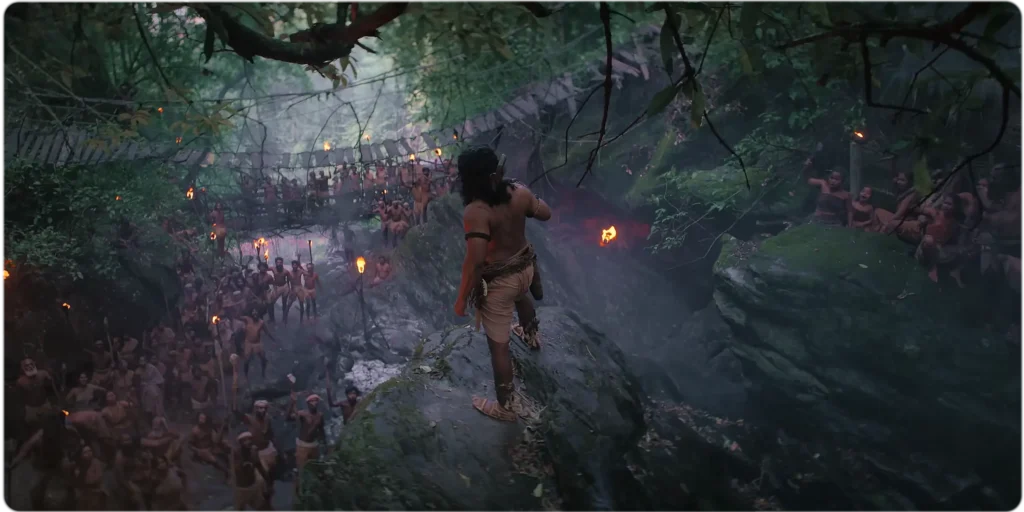
Conclusion
Kantara: Chapter 1 is an incredible cinematic achievement, seamlessly weaving myth, folklore and history together with stunning visuals for an unforgettable viewing experience. Rishab Shetty, as director, writer, and lead actor. Rukmini Vasanth’s captivating portrayal of Princess Kanakwati. Gulshan Devaiah as Kulashekara. With their unique personalities all add depth and texture to this story. This film offers an engaging viewing experience from start to finish. Its supporting cast, carefully executed CGI (particularly of Tiger and Lemurs), practical action sequences such as Rath scene and B. Ajaneesh Loknath’s emotive background score all come together seamlessly for an impressive and immersive cinematic journey. Though there may be minor criticisms of Kantara: Chapter 1, such as its pacing in the first half and inconsistencies with tone, these issues are easily eclipsed by its grandeur and ambition.
Overall, Kantara: Chapter 1 should be seen on the big screen for maximum impact; its celebration of Indian folklore and filmmaking should not be missed!

